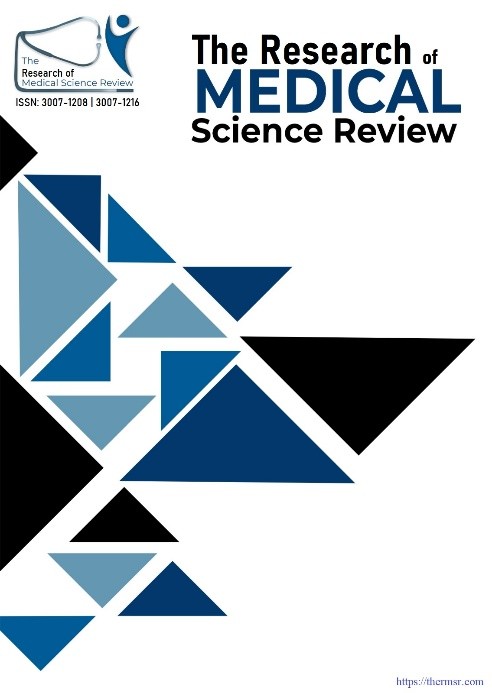AMELIORATIVE ROLE OF VITAMIN C AGAINST PYRIPROXYFEN INDUCED OXIDATIVE STRESS AND GENOTOXICITY (DNA DAMAGE) IN GRASS CARP (CTENOPHARYNGODON IDELLA
Main Article Content
Abstract
The present study was undertaken to evaluate pyriproxyfen (PPF)-induced oxidative stress [reactive oxygen species (ROS) and lipid peroxidation (LPO) in gills, muscles, brain, and liver tissues] and DNA damage/genotoxicity (peripheral blood erythrocytes) in a freshwater fish Grass carp (Ctenopharyngodon idella), and the protective role of vitamin C. The LC50 of PPF against Grass carp was found to be 4.5 µg/L in a semi-static culture system through probit analysis. Fingerlings of Grass carp were distributed into four groups (Group 1st served as a control, fed 35% protein basal diet and was not exposed to PPF; Group 2nd was fed a basal diet and exposed to PPF; Group 3rd and Group 4th were fed diets supplemented with vitamin C at the rate of 100 and 200 mg/kg diet, respectively, and exposed to PPF). Fingerlings were reared on a basal and vitamin C-supplemented diet for 28 days prior to exposure to PPF. The results indicate a time-dependent significant increase in ROS and LPO (indicated by time course increase in TBARS level) as well as DNA damage in terms of number of comets, % DNA in tail, tail moment, tail length, and olive tail moment after exposure to LC50 of PPF. However, statistically comparable results in both Groups 1st and 4th indicate the protective role of vitamin C. The results reveal the effectiveness of vitamin C as a feed additive for countering pesticides toxicity in Ctenopharyngodon idella. The current study indicates PPF as a potential genotoxicant for fish and classifies SCGE as a reliable and sensitive tool for assessing DNA damage.
Downloads
Article Details
Section

This work is licensed under a Creative Commons Attribution-NonCommercial-NoDerivatives 4.0 International License.
